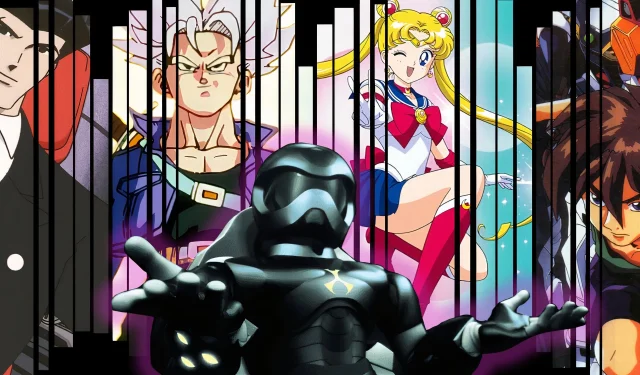
The golden age of Toonami was not merely defined by its lineup of captivating anime and action-packed cartoons; it was also the unique atmosphere that surrounded it. Toonami’s commercials and promotional content were integral to that ambiance. With sleek visuals, emotive soundtracks, and compelling voiceovers, these pieces transformed the standard marketing approach into artful storytelling moments. They encapsulated the very essence of Toonami, igniting curiosity and excitement among viewers, many of whom were just beginning their anime journey. The original commercials not only celebrated the animated series but also became significant cultural artifacts in their own right.
Launched in 1997 as part of Cartoon Network’s action-driven programming block, Toonami quickly captured the hearts of anime and sci-fi enthusiasts. With its iconic robotic host TOM and his AI companion SARA steering the experience, Toonami introduced monumental series such as Dragon Ball Z, Sailor Moon, and Naruto to American audiences. Beyond showcasing an array of diverse shows, Toonami revolutionized the presentation of animation in the West. After a hiatus in 2008, Toonami made a triumphant return in 2012, affirming its lasting influence and continuing to recapture the magic of its earlier years.
10 The Intruder
Toonami’s Premiere Total Immersion Event

Three years into Toonami’s existence, it introduced the concept of Total Immersion Events (TIEs), which were original narrative specials airing during commercial breaks. The inaugural TIE, The Intruder, unfolded over eight episodes and followed TOM and SARA as they tracked a mysterious lifeform infiltrating the Absolution. These events became a hallmark of Toonami, significantly boosting ratings during the season premiere of its flagship show, Dragon Ball Z.
This initial installment of TIEs set a precedent that would resonate throughout Toonami’s journey. In a dramatic climax, TOM confronts the blob-like alien and is completely consumed. Fortunately, SARA manages to reboot TOM into an upgraded body, now voiced by the celebrated Steve Blum, known for roles in iconic series like Cowboy Bebop.
9 Anger
TOM’s Iconic Speeches
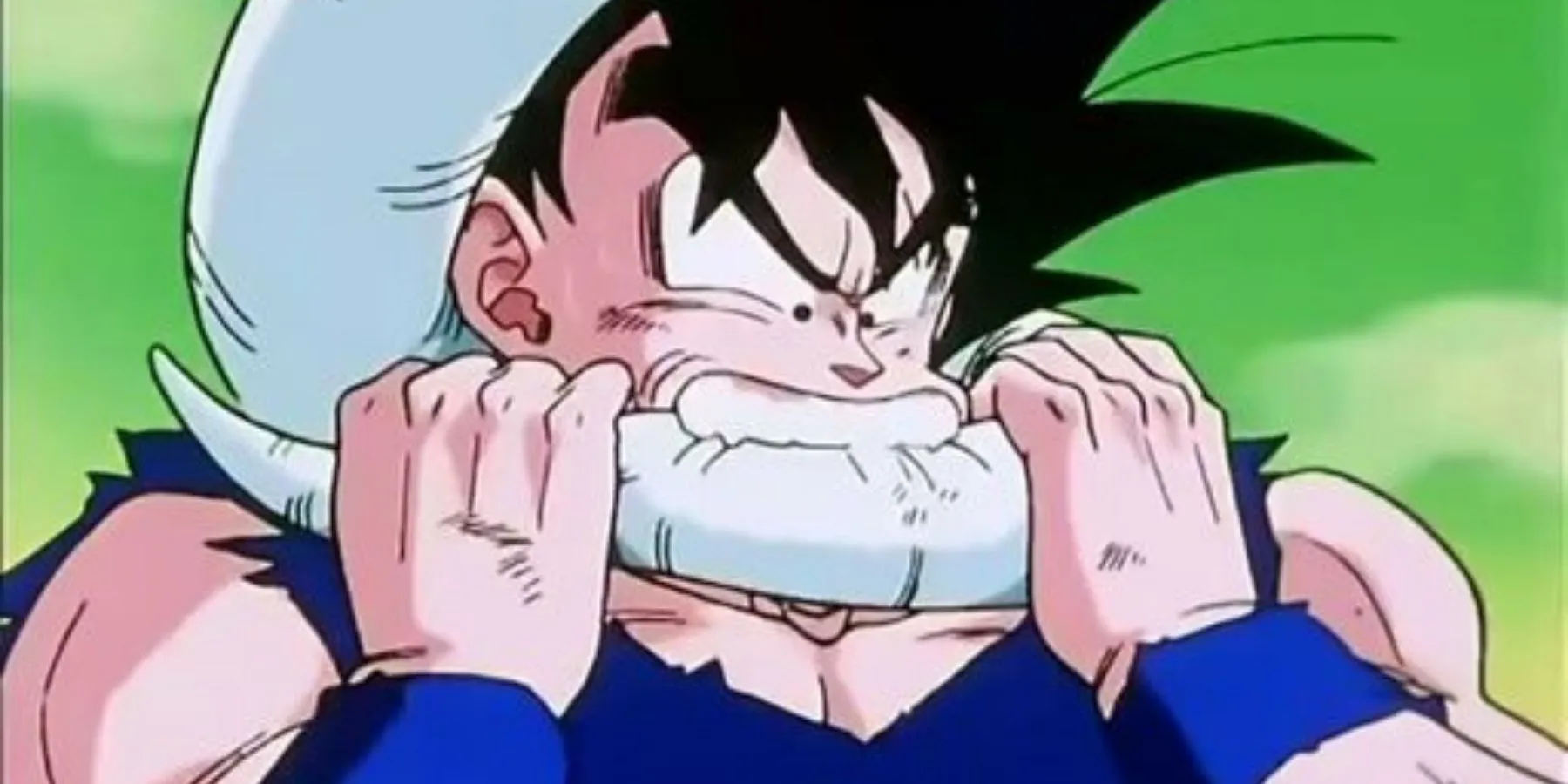
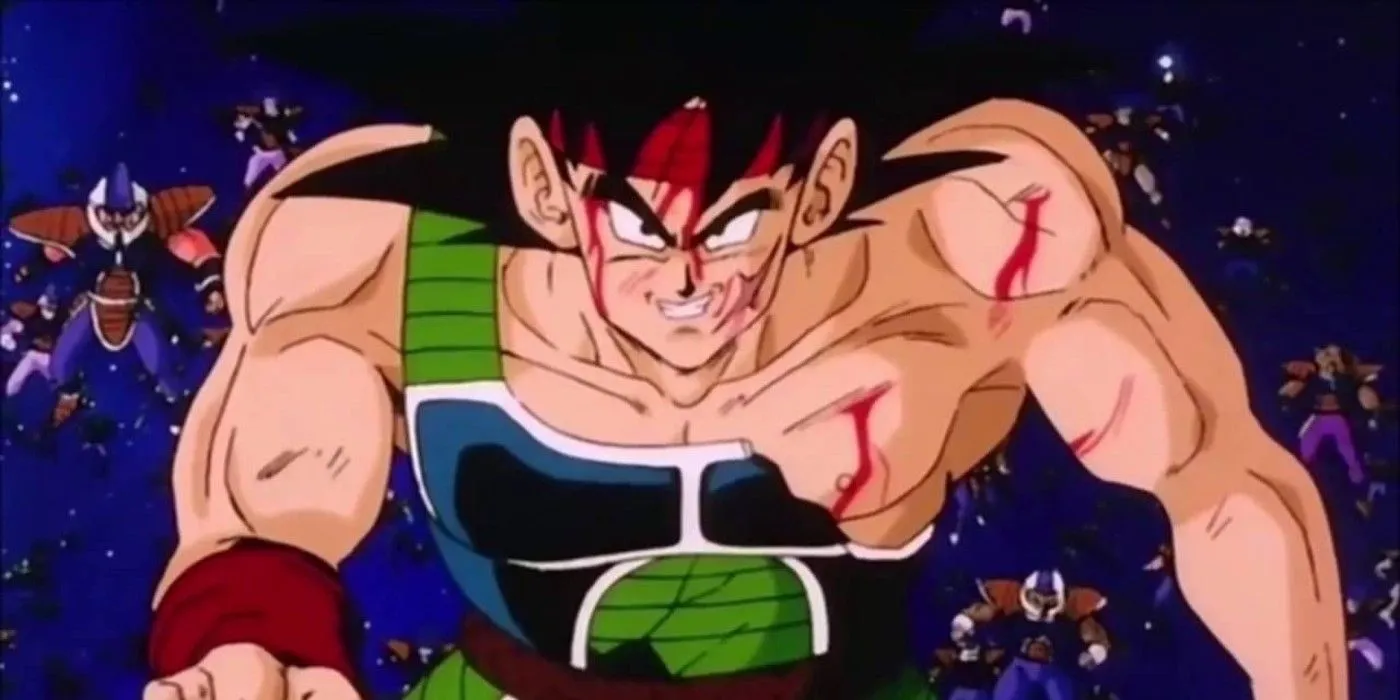

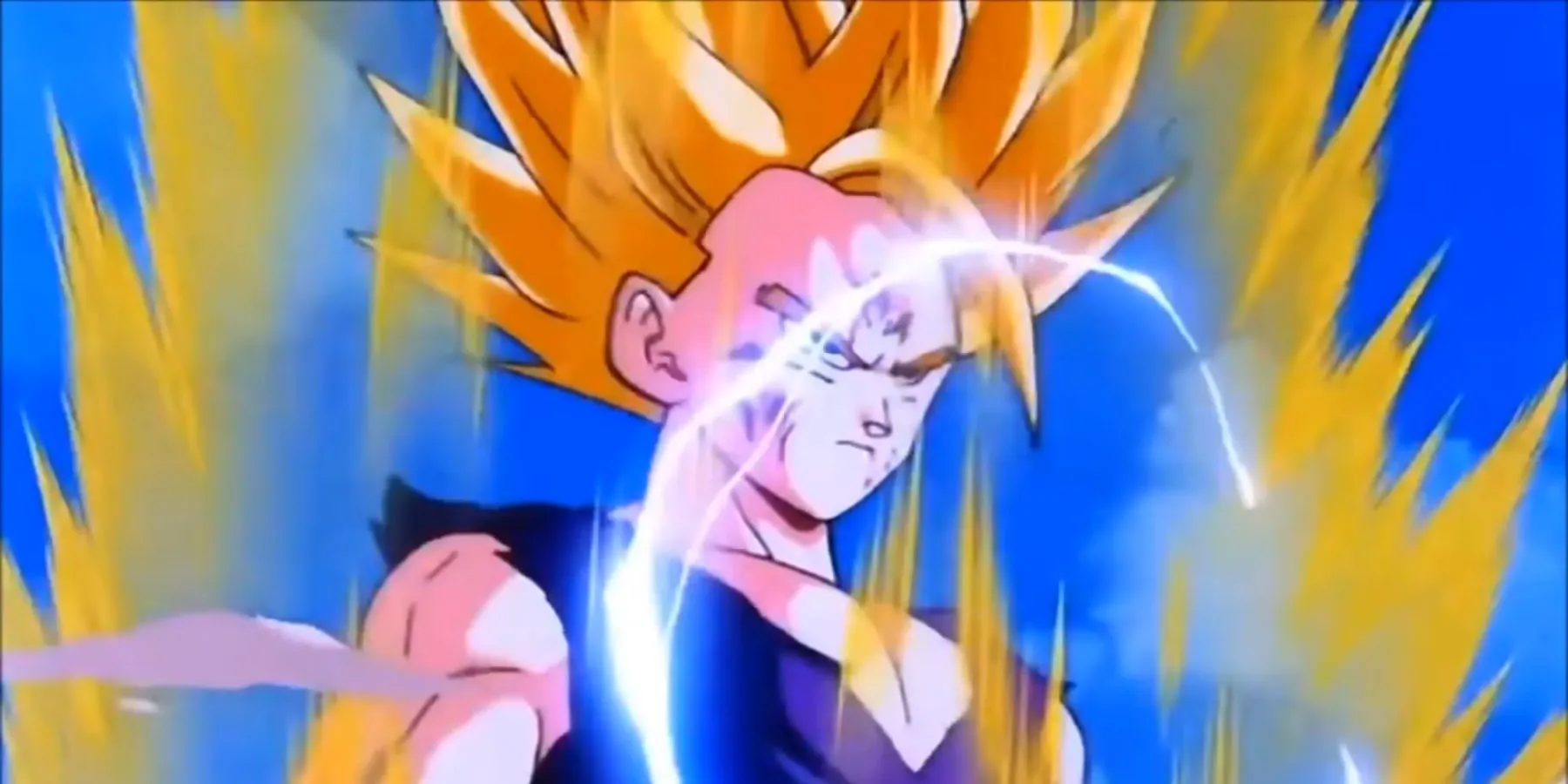

Dragon Ball Z proved to be a phenomenal success for Cartoon Network, and it was only natural for TOM to incorporate its characters extensively into promotional content. Rather than using long runtimes to merely advertise shows, TOM utilized commercial breaks to delve into themes like anger and parenting, showcasing impactful scenes from the vast Toonami lineup. The result was a collection of poignant speeches that resonated deeply with viewers.
TOM’s speech on anger during this promo is particularly remarkable, as it captures the tumultuous emotions of characters like the Z Fighters. What makes it fascinating is TOM’s observation regarding the challenges youth face, hinting at the broader societal issues emerging at that time. It serves as a profound reminder of the need for healthy emotional expression.
8 Teamwork
Recommended: The Original Host of Toonami

While TOM is synonymous with Toonami, he was not the original host. Teamwork serves as an early prototype of TOM’s speeches, narrated by the original host, Moltar. This character, originally a villain from the Hanna-Barbera universe and popularized in Space Ghost Coast to Coast, was visually impressive through CG animation but lacked the charm that TOM would ultimately deliver.
This early attempt at a TOM-style speech is intriguing, providing a glimpse into the formative years of Toonami’s programming. While it effectively establishes the core ideas, it lacks the refined execution that would come later, demonstrating the evolution of Toonami’s narrative approach.
7 Midnight Run & Rising Sun
Toonami’s Expansion into Late-Night and Saturday Morning
Following Toonami’s successful weekday afternoon programming, Cartoon Network adeptly expanded its reach with the Midnight Run and Rising Sun blocks. Midnight Run showcased more mature anime tailored for late-night audiences, while Rising Sun represented an innovative rebranding of the Saturday morning cartoon slot.
These promotional efforts exemplify Toonami’s significant cultural impact and the network’s commitment to catering to its audience. Although they might not feature the flashiest content, they symbolize the burgeoning popularity of anime and the network’s strategic investments. The Midnight Run’s success in achieving dramatic ratings jump during late-night slots laid the groundwork for the eventual inception of Adult Swim.
6 In-Flight Movies
Toonami Movie Nights on Fridays

Toonami innovatively allocated time for full-length anime films and short OVA series, introducing these as special movie events on Friday nights. This programming shift offered audiences an unparalleled opportunity to enjoy quality films from favorite franchises like DBZ and Sailor Moon. While classics such as Dead Zone, World’s Strongest, and Tree of Might received numerous airings, rarer films like Blue Submarine No. 6 and Endless Waltz occasionally made appearances.
The “In-flight Movies” initiative stood out for its blend of nostalgia and innovation, creating a special event that resonated with audiences. Those fortunate enough to participate in these screenings experienced the thrill of dedicated evenings centered on beloved characters, highlighting Toonami’s commitment to entertaining young viewers rather than merely peddling merchandise.
5 Tenchi Muyo!
The Harem Anime Revolutionizing Afterschool TV






Toonami primarily branded the Tenchi franchise as Tenchi Muyo!, despite utilizing significant footage from Tenchi Universe in its promotional content. Over time, Tenchi Muyo!, Tenchi Universe, and Tenchi in Tokyo! all graced the Toonami lineup, introducing the concept of harem anime to American viewers. This choice was intriguing for a network ostensibly aimed at youth, especially given the material’s suggestive content, which was carefully censored to appease standards.
This promotional video embodies the anticipation surrounding Tenchi’s inclusion within the Toonami block. However, it misleadingly suggests a different tone; while the brief commercial effectively introduces the sci-fi treasures of the show, much of the series operates as a romantic sitcom grounded in everyday Earth life before escalating into action. Despite this cunning marketing, Tenchi Muyo! is undoubtedly worthy of the audience’s time.
4 Parenting
Toonami’s Unusual Misstep

One of TOM’s more perplexing speeches addressed the topic of parenting, featuring scenes of well-known parental figures from Toonami’s roster. During this segment, TOM urged viewers to show compassion towards their parents, acknowledging the challenges of upbringing and emphasizing that conventional paths are not always followed. His message was an appeal to understanding among children.
While this sentiment holds validity, the choice of parenting as a theme for a Toonami promo remains questionable. It presumes the audience is exclusively composed of children, potentially alienating fans across various age groups. This rare miscalculation reflects a moment where Toonami deviated from its typically innovative approach.
3 Advanced Robotics
Contrasting Parenting: The Role of Technology

The Toonami schedule frequently featured mecha battles and spacecraft confrontations, showcasing series like Gundam and Samurais from Cowboy Bebop and Outlaw Star. The segment on Advanced Robotics captured the essence of these themes, with a reflective narration on technological advancement and its potential perils for humanity. It served as a reminder for viewers that, while exciting, the depiction of these technological feats should not overshadow their underlying implications.
This commercial break became one of the most thought-provoking moments Toonami ever produced. With its moody and philosophical monologue, it introduced existential questions around AI and advanced machinery long before the AI revolution became a daily conversation topic. By engaging the audience with such complex concepts, Toonami broke free from the stereotype of mere children’s programming and elevated animation to cultivate critical thinking.
2 New Year’s Evil & Villaintine’s Day
Extra Special Holiday Marathons
During the pinnacle of the Toonami era, each holiday became an opportunity for themed programming. From New Year’s festivities to Valentine’s Day, Toonami seized the moment to break away from its regular scheduling and offer unique experiences. These themed marathons exemplified the true essence of “appointment TV,” with promos perfectly tailored to the festive spirit.
These holiday marathons showcased incredibly creative programming, especially appealing to audiences spending time at home during festive occasions. The Dragon Ball Z marathon titled “New Year’s Evil” stands out for its clever name and became a beloved tradition that expanded to include various franchises over the years, such as the memorable “Villaintine’s Day.” These events are cherished far longer than any traditional holiday giveaways.
1 Broken Promise (Dreams)
The Defining Toonami Promo
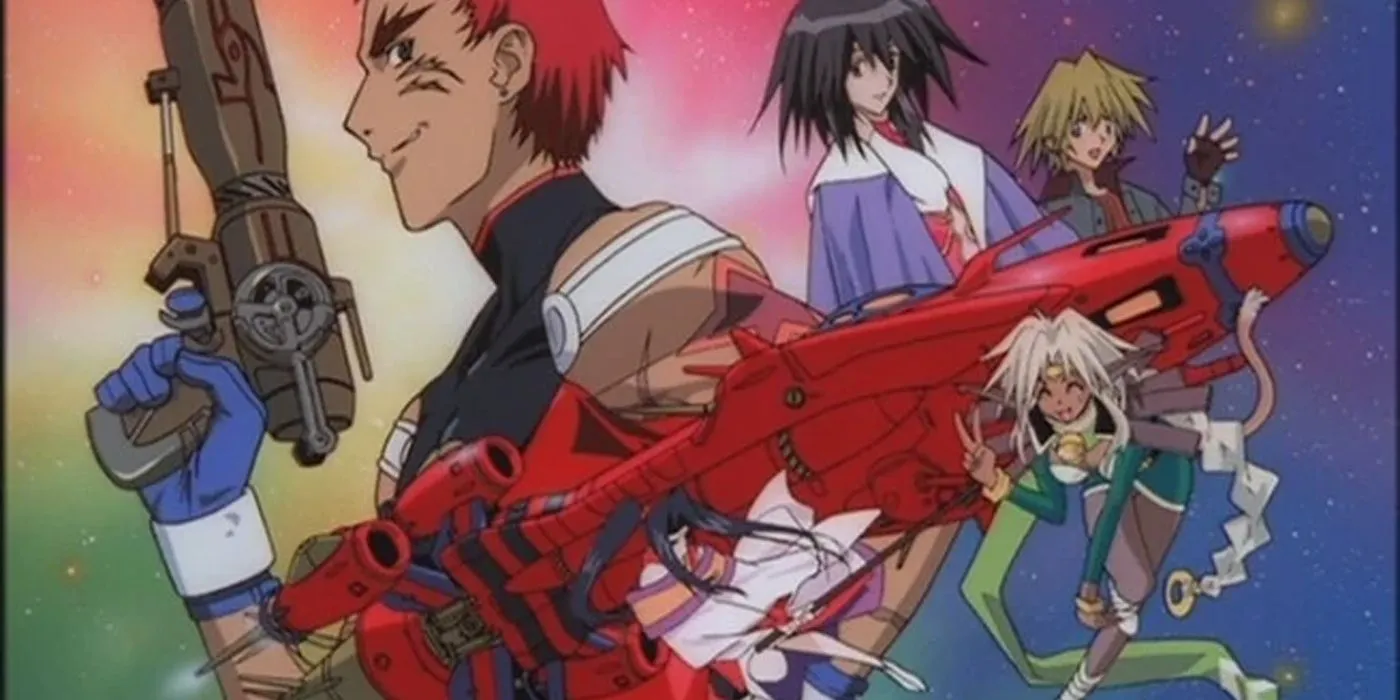
Among all Toonami promotions, Broken Promise (Dreams) remains the quintessential offering. It neither highlights specific series, promotes merchandise, nor attempts to sell Toonami itself; instead, it encapsulates the gritty, self-serious tone of the ’90s anime landscape, particularly within the shōnen genre. Viewers understand that these characters possess real angst and ambition.
The promo speaks directly to its predominantly young male demographic, interspersing beautiful vistas of galactic adventures with introspective moments featuring characters like Gohan and Tenchi, as they grapple with personal reflection. It invites the viewer to contemplate their own existence, exploring aspirations, identity, and the path toward self-actualization inspired by their heroes.




Leave a Reply